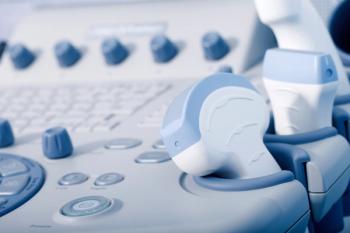
CRITICAL CARE in OB, PART 3: Recognizing and responding to peripartum cardiomyopathy
Cardiomyopathy is rare in patients who are at or near term, but it can be deadly. Consider the possibility in any woman who is pregnant or who has recently delivered and complains of swelling and trouble breathing.
Case presentation
One week postpartum, one of your patients calls to report that her leg swelling has gotten significantly worse over the past several days. Mrs. Smith is a 32-year-old Caucasian G2P2 who delivered twins by cesarean section at 38 weeks' gestation. She admits to being short of breath and fatigued, but attributes the symptoms to having two newborns. Evaluation in the office later that day reveals significant pitting edema extending to her thighs. Her initial blood pressure is 164/92, pulse 104 and regular, respiratory rate 22, oxygen saturation 91%. Crackles are audible in her lung bases and heart sounds are distant. You are concerned about peripartum cardiomyopathy and decide to admit Mrs. Smith to the hospital for further work-up.
Identifying peripartum cardiomyopathy
Fortunately, PPCM is rare, occurring in only one in 3,000 to 4,000 live births. Risk factors for PPCM include multiparity, advanced maternal age, multifetal gestation, preeclampsia, hypertension, preexisting cardiac disease, and use of tocolytics. Historically, mortality rates have been reported as high as 56%, but more recent studies suggest the real number may be closer to 9%.2,3 Despite this, PPCM accounts for 8% of all maternal deaths and is one of the few causes of maternal mortality that is on the rise.2,4 Forty-eight percent of patients who succumb to PPCM will die in the first 6 weeks postpartum. Fifty percent of PPCM deaths occur within a year after delivery.3 Being African-American increases a woman's risk of death from PPCM more than sixfold.3
Science has yet to definitively determine the etiology of peripartum cardiomyopathy. The most current available evidence suggests that viral myocarditis may be the underlying cause. One study reported endomyocardial biopsies consistent with myocarditis in 76% of patients with PPCM.5 The altered immune response in pregnancy also is believed to play a role in PPCM development by allowing greater viral replication. Evidence of autoantibodies against cardiac tissue proteins in patients with PPCM lends further credence to this hypothesis.
Mrs. Smith goes to the hospital
Newsletter
Get the latest clinical updates, case studies, and expert commentary in obstetric and gynecologic care. Sign up now to stay informed.










